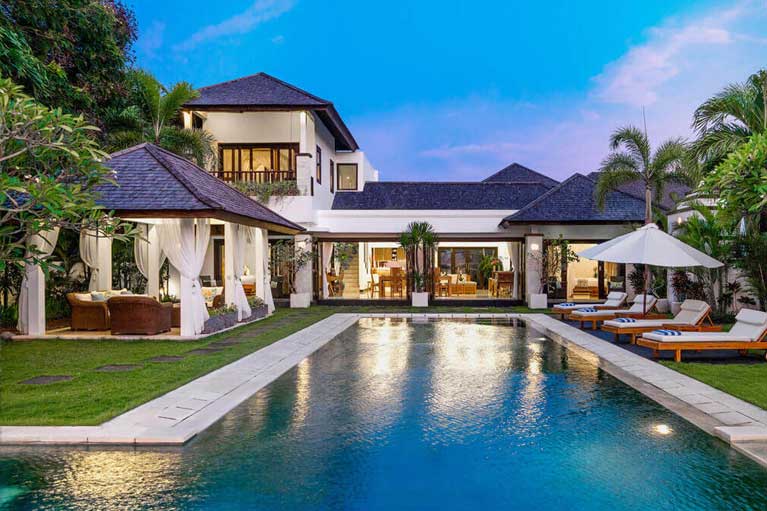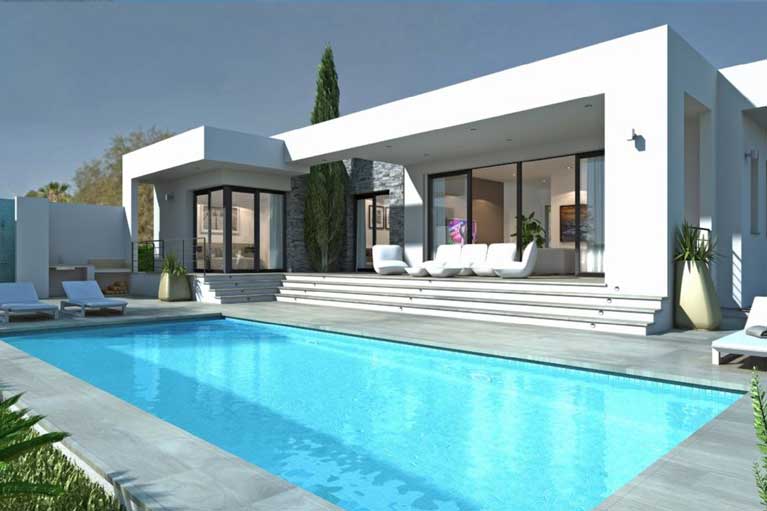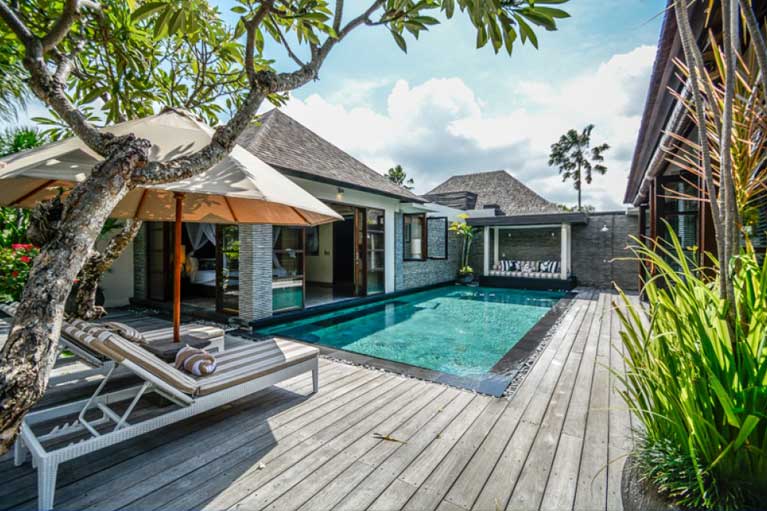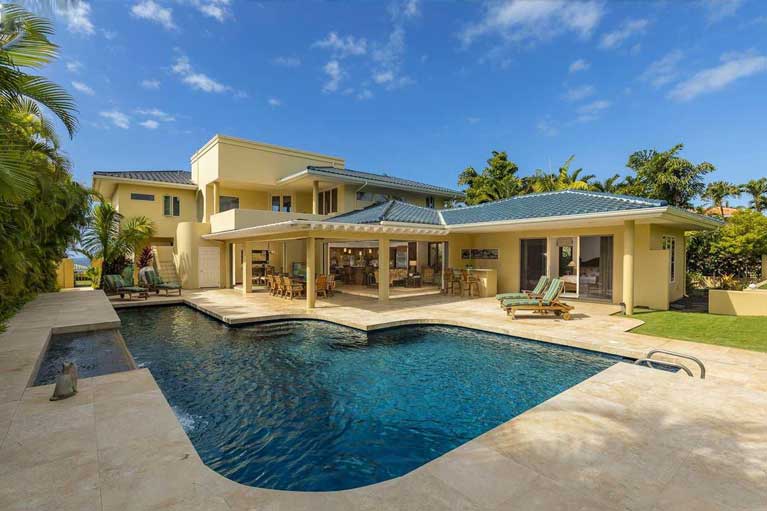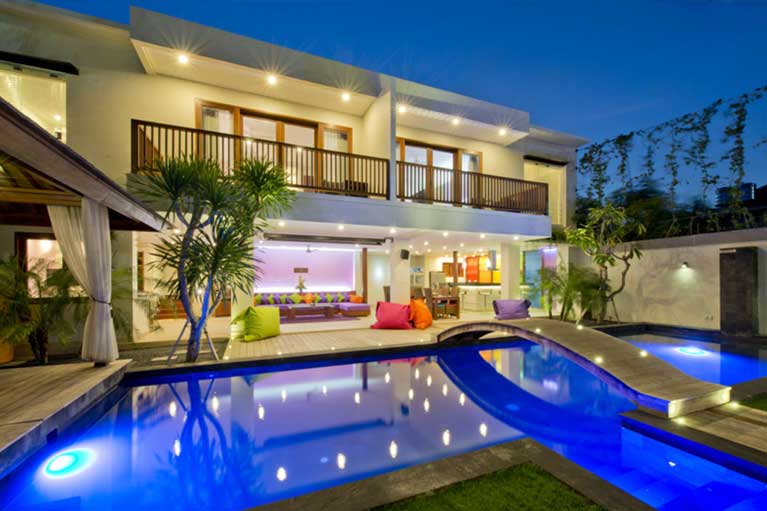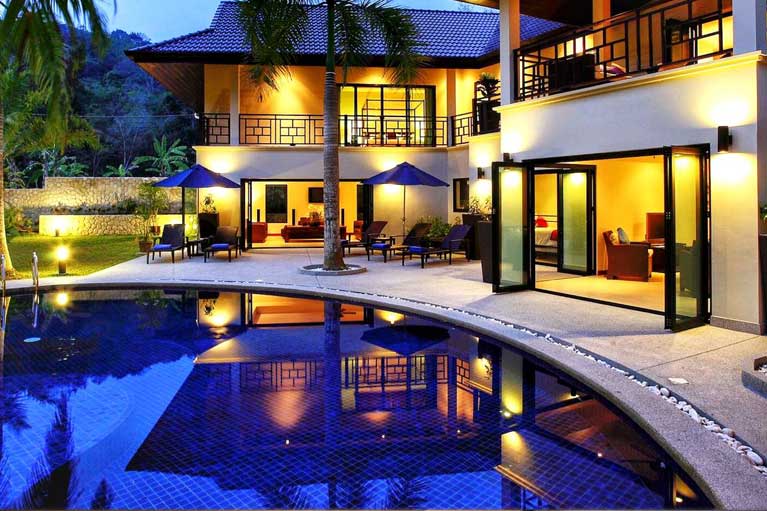Building a pool in your backyard can be a thrilling experience. It’s every homeowner’s dream to be able to have a sprawling pool of their own, where they can swim and float in the privacy of their yard. When considering the first steps in your pool-building project, there are many things to take into account.
What design should your pool be? How much space do you have available?
Should you incorporate a pool waterfall?
What about the landscaping design around the pool?
How do you make your backyard pool your own?
Pool Construction Materials
Concrete pools are the most popular and most expensive type of pool. They’re often called Gunite or Shotcrete pools; that’s because builders pump wet concrete through a hose and shoot it from a gun onto steel-reinforced walls. Once the concrete cures, it’s plastered, troweled smooth, and painted.
The benefit of concrete is that it can be formed to any size or shape for a truly custom pool. It generally takes between three and 12 weeks to install a concrete pool. That’s longer than other types, but concrete is considered the strongest, most durable type of pool. And unlike other in-ground pools, existing concrete pools can be rebuilt, refinished, enlarged, or updated.
Vinyl
Vinyl-lined pools are the second most popular type of in-ground pool, and their numbers are growing. Each pool is made from a one-piece flexible liner that fits into an excavated hole and is then attached to a steel- or aluminum-framed wall. Vinyl pools come in a limited number of sizes and shapes. Most are rectangular, but L-shape and freeform liners are also available. The average-size vinyl pool can be installed in one to three weeks.
The big danger with a vinyl-lined pool is that pointy pool toys, playful dogs, and sharp objects can rip or puncture the liner. Damaged liners can be fixed, but it’s best to pay extra for a heavy-duty liner that’s at least 20 mm (millimeters) thick.
Fiberglass
Fiberglass pools are factory-molded into giant bowl-shaped shells, which are then set into the excavated hole by a crane. And while sizes and shapes are somewhat limited, the big advantage is that a fiberglass pool can be installed in as little as three days. It’s also the most affordable type of in-ground pool.
Another benefit is that fiberglass pools have a super-smooth gel-coat finish that’s extremely durable and nonporous, so these pools tend to use fewer chemicals than concrete pools. But before deciding on a fiberglass pool, be sure you’ve got plenty of space in your backyard for the crane to enter and maneuver. The area must also be free of any overhead wires or power lines.
The Final Word
Generally, all three types of pools are available nationwide. But certain types are more common than others in some regions. So before getting your heart set on any one type of pool, call at least three different pool contractors in your area and ask which type they install. You may find your choices limited simply by what’s available in your region.
It’s hard to put a ballpark price on these types of pools since it can vary so much based on where you live and a host of other factors. For a very broad generalization, one might estimate $20,000 for fiberglass, $25,000 for vinyl, and $40,000, at least, for Gunite (concrete). And when budgeting for a new swimming pool, don’t forget to include the cost of fencing, landscaping, utility shed, and other pool-related expenditures.

